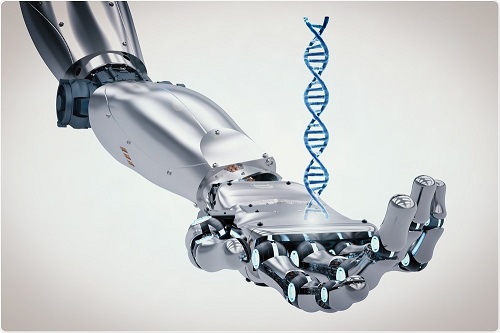Pipettes of the Future: Automation for Acceleration

"Of the $56 billion per annum spent on research in the United States alone, almost half is used to repeat experiments due to errors made." Is automation therefore the future of hashtag lifesciences? We caught up with Nigel Skinner and Piero Zucchelli from Andrew Alliance to find out how wireless pipettes and cloud-based software are improving reproducibility and freeing up time for researchers.
The successful development of current life-saving therapeutics often starts with the identification of new drug targets using sophisticated instrumentation, bioinformatics, and highly valuable human tissue samples. Hypotheses are rigorously tested, experimental conditions tightly controlled, and increasingly complex data sets meticulously analyzed. This vital step in the research discovery process is critically dependent on the consistent and precise preparation, and handling, of these samples, together with often costly reagents.
Automation systems are designed to ensure precision in the lab, mitigating human error and greatly increasing repeatability.
Many laboratories still rely on manual operations to perform tasks, especially when it comes to liquid handling. Fully automated workflows have been achieved in the field of diagnostics, but the same can’t be said for research, due to the flexibility and continuous workflow changes required.
Our mission is to empower life science researchers with the means of significantly improving the repeatability of their experiments, getting superior data and more reliable research outcomes.





















